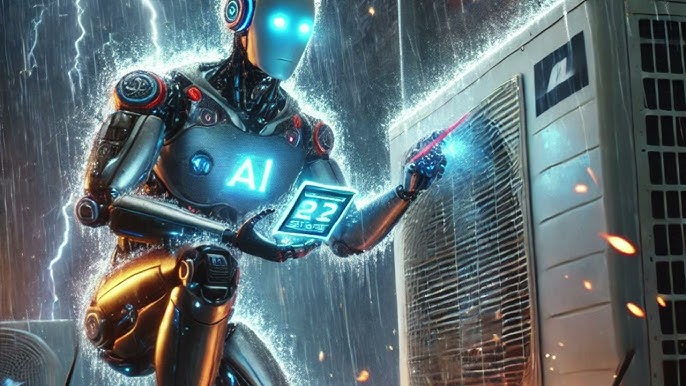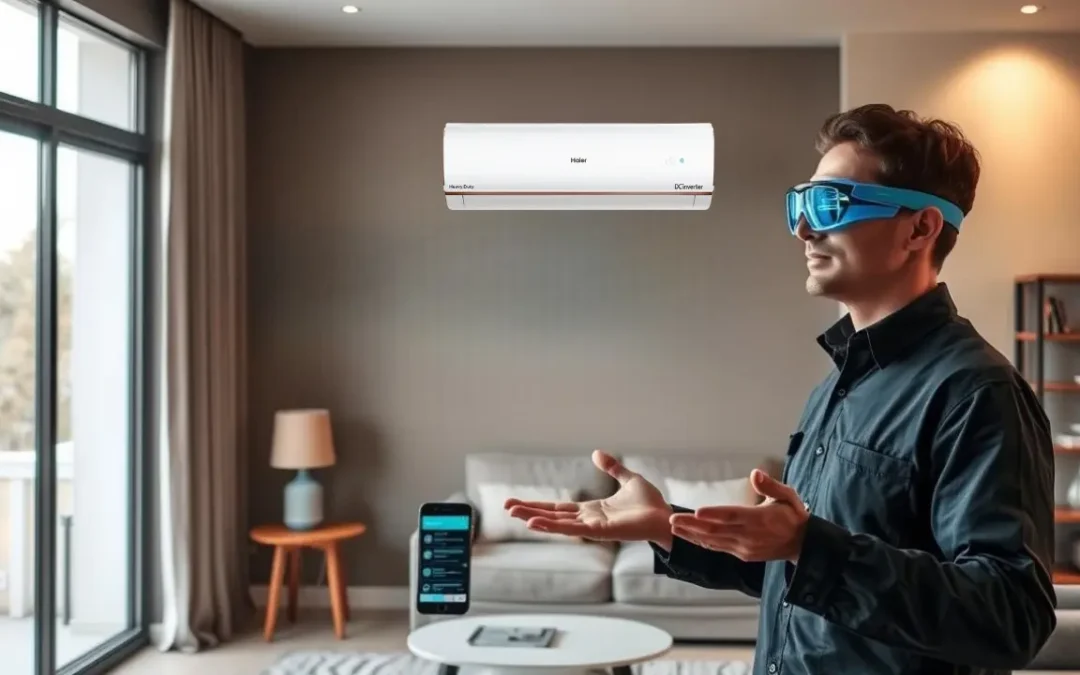In an era where technology is reshaping industries, real-time HVAC diagnostics using AI is emerging as a game-changer. The integration of artificial intelligence into heating, ventilation, and air conditioning systems is not just an innovation; its a necessity for modern building management. This article delves into how AI is revolutionizing HVAC systems, offering insights into its benefits, applications, and the future it holds.

The Role of AI in HVAC Systems
The integration of AI in HVAC systems is primarily about enhancing efficiency and performance. By leveraging AI, HVAC systems can predict failures, optimize energy use, and improve indoor air quality. This technology enables systems to learn from historical data and adapt to changing conditions, ensuring optimal performance at all times.
How Does Real-Time Diagnostics Work?
Data Collection
Real-time diagnostics in HVAC systems begin with data collection. Sensors placed throughout the system gather data on temperature, humidity, air flow, and energy consumption. This data is then transmitted to an AI-powered platform for analysis.
Data Analysis
Once the data is collected, AI algorithms analyze it to identify patterns and anomalies. These algorithms can detect inefficiencies and potential failures before they occur, allowing for proactive maintenance.
Predictive Maintenance
One of the most significant advantages of AI in HVAC diagnostics is predictive maintenance. By predicting when a component is likely to fail, maintenance can be performed at the most opportune time, reducing downtime and saving costs.
Benefits of Real-Time HVAC Diagnostics
Energy Efficiency
AI-driven diagnostics optimize energy consumption by ensuring that HVAC systems operate only when necessary and at optimal settings. This not only reduces energy costs but also minimizes the systems carbon footprint.
Improved Air Quality
By continuously monitoring air quality, AI can adjust the system to maintain optimal conditions, enhancing occupant comfort and health. This is particularly important in environments where air quality can significantly impact health.
Cost Savings
Through predictive maintenance and improved energy efficiency, businesses can save significantly on operational costs. The initial investment in AI technology is quickly offset by the savings achieved through reduced energy consumption and maintenance costs.
Challenges in Implementing AI in HVAC
While the benefits are clear, implementing AI in HVAC systems is not without challenges. These include the initial cost of technology, the need for skilled personnel to manage AI systems, and cybersecurity concerns related to data privacy.
The Future of HVAC Systems with AI
The future of HVAC systems is undeniably tied to AI. As technology advances, we can expect even more sophisticated systems capable of learning and adapting to user habits and environmental conditions. The potential for further integration with smart building technologies is vast, promising even greater efficiency and comfort.
Case Studies: AI in Action
Several companies have already successfully integrated AI into their HVAC systems. For instance, a study published on ResearchGate highlights how AI has been used to enhance fault detection and diagnosis in HVAC systems, leading to significant improvements in energy efficiency and system reliability.
Another example is a leading HVAC company that utilized AI to reduce energy consumption by 30%, as detailed in an article by EDS Tech.
Conclusion
The integration of real-time HVAC diagnostics using AI is more than just a technological advancement; it is a necessary evolution in building management. As we continue to prioritize sustainability and efficiency, AI-driven diagnostics will play a crucial role in shaping the future of HVAC systems.

FAQs
What is real-time HVAC diagnostics using AI?
Real-time HVAC diagnostics using AI involves the use of artificial intelligence to monitor and analyze HVAC systems in real-time, enabling predictive maintenance and optimizing performance.
How does AI improve HVAC system efficiency?
AI improves HVAC efficiency by analyzing data to optimize energy use and by predicting maintenance needs to prevent system failures.
What are the challenges of implementing AI in HVAC?
Challenges include the initial cost of AI technology, the need for skilled personnel, and cybersecurity concerns related to data management.
This article contains affiliate links. We may earn a commission at no extra cost to you.
